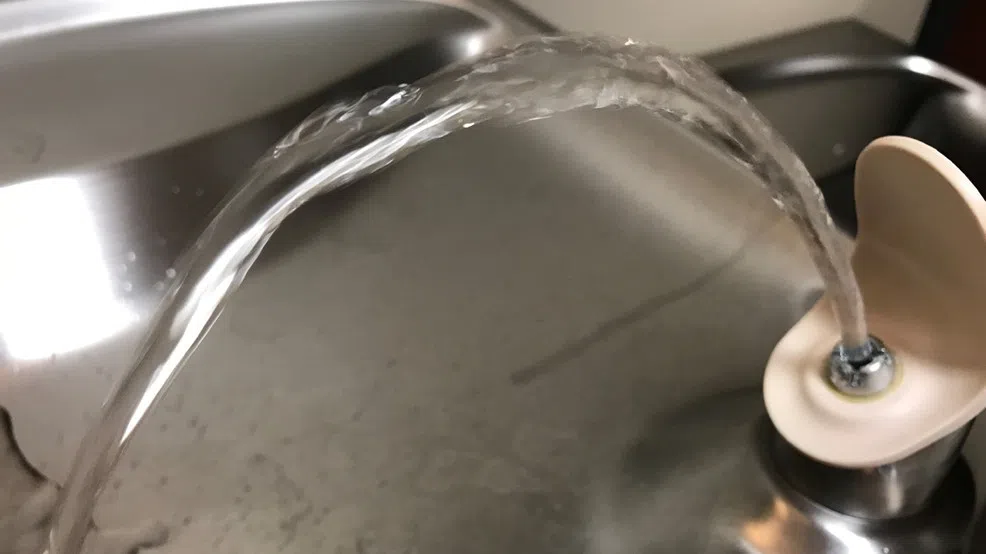(WTAQ-WLUK) — The Environmental Protection Agency is proposing to limit the amount of harmful “forever chemicals” in drinking water.
The agency says this will help to save thousands of lives and prevent serious illnesses, including cancer.
The plan marks the first time the EPA has proposed regulating a toxic group of compounds known as PFAS .
EPA says drinking water is a significant source of PFAS exposure for people.
The chemicals had been used since the 1940’s in consumer products and industry to make things more durable.
Their use is now mostly phased out in the country, but some still remain.
“These toxic chemicals are so pervasive and so long lasting in the environment, that they have been found in food, soil and water, even in the most remote corners of our planet,” says EPA Administrator, Michael Regan.
The proposal will set a limit of four parts per trillion of these chemicals, which is the lowest level that can be reliably measured.
This for two common types of PFAS compounds called PFOA and PFOS.
PFAS in groundwater and streams have been linked to the Tyco Fire Products plant in Marinette.
A study released in January also showed PFAS near Marinette in the waters of Green Bay.
During that time, Tyco said in a statement:
What we can say is that Tyco has stepped up and taken responsibility, investing tens of millions of dollars to address the PFAS from our historic operations at our Fire Technology Center in Marinette.
Mayor Steve Genisot says the city has been sampling the drinking water since 2017, with results below the four parts per trillion.
“We’ve met that number, we’ve been quite a bit lower than that so we feel that would we should continue to meet that number going forward,” says Genisot.
From the city’s most recent quarterly sampling, Marinette’s numbers were:
- PFOA 1.1 parts per trillion.
- PFOS 0.59 parts per trillion.
The EPA says this will be expensive for utilities to install new equipment, and the burden will be especially tough for small towns with fewer resources.
Marinette Alderman Doug Oitzinger says he believes the city should invest in new treatment equipment sooner, rather than later.
“Long term, we expect that the contamination in the Bay of Green Bay, will increase, and that necessarily means that what we will be seeing in our drinking water will increase,” says Oitzinger.
Oitzinger also has concerns for the residents in the Town of Peshtigo.
“They’re on private wells each home has an individual well…and they have contamination in their private wells some of which is in the hundreds of parts per trillion,” says Oitzinger.
Over in the city of Green Bay, The water is meeting four parts per trillion.
January results showed:
- 2.5 parts per trillion for PFOA.
- 1.8 parts per trillion for PFOS.
“We certainly wanted to know where our levels were to protect public health in this city,” says Green Bay Water General Manager, Nancy Quirk.
Quirk says Green Bay Water does not anticipate having to make any changes from this proposal right now.
“We may look to have a capital project of increased treatment in our filter plant over the next five years or so,” says Quirk.
The public will have a chance to comment, and the agency can make changes before issuing a final rule, which is expected by the end of the year.
The EPA says water providers will have time to adjust.


